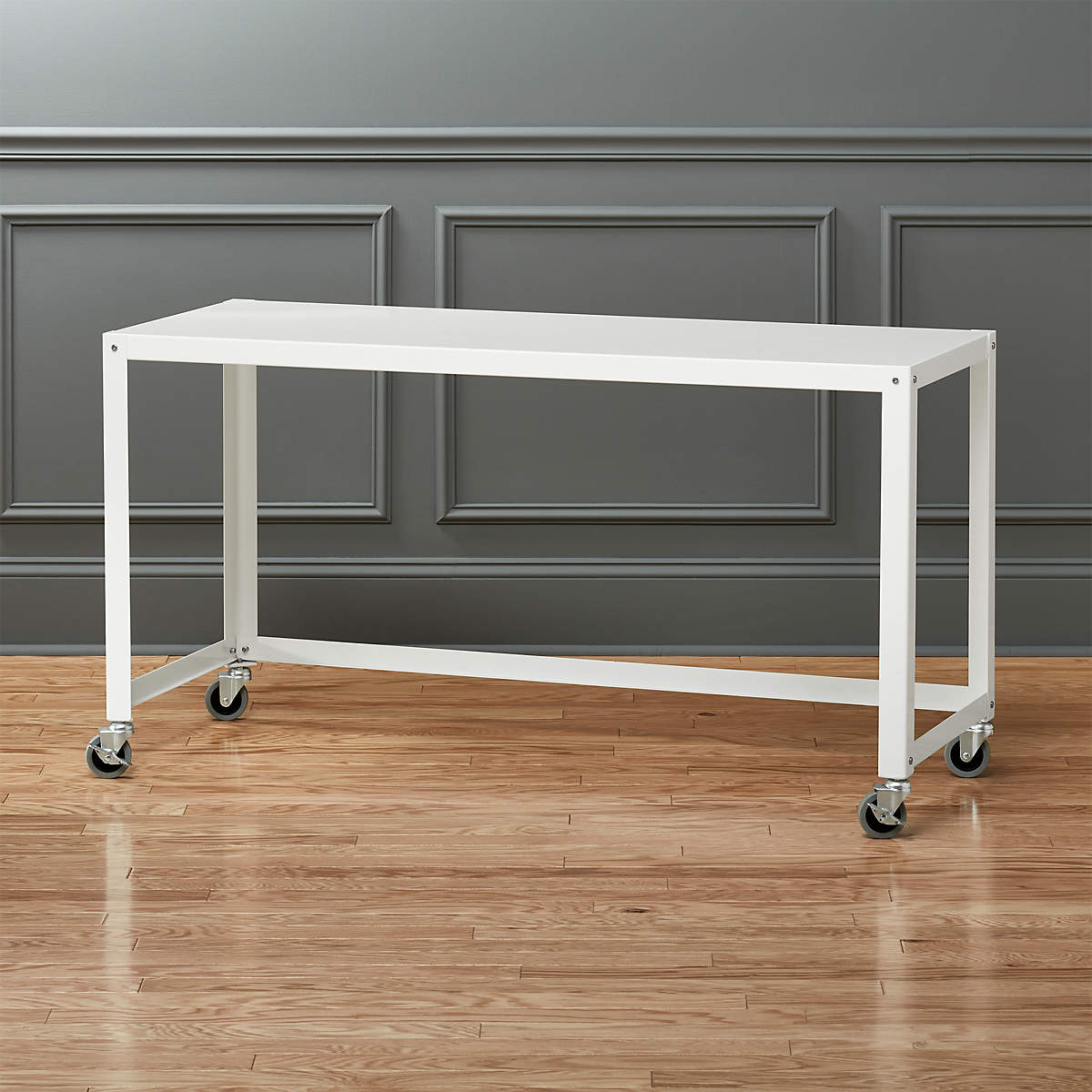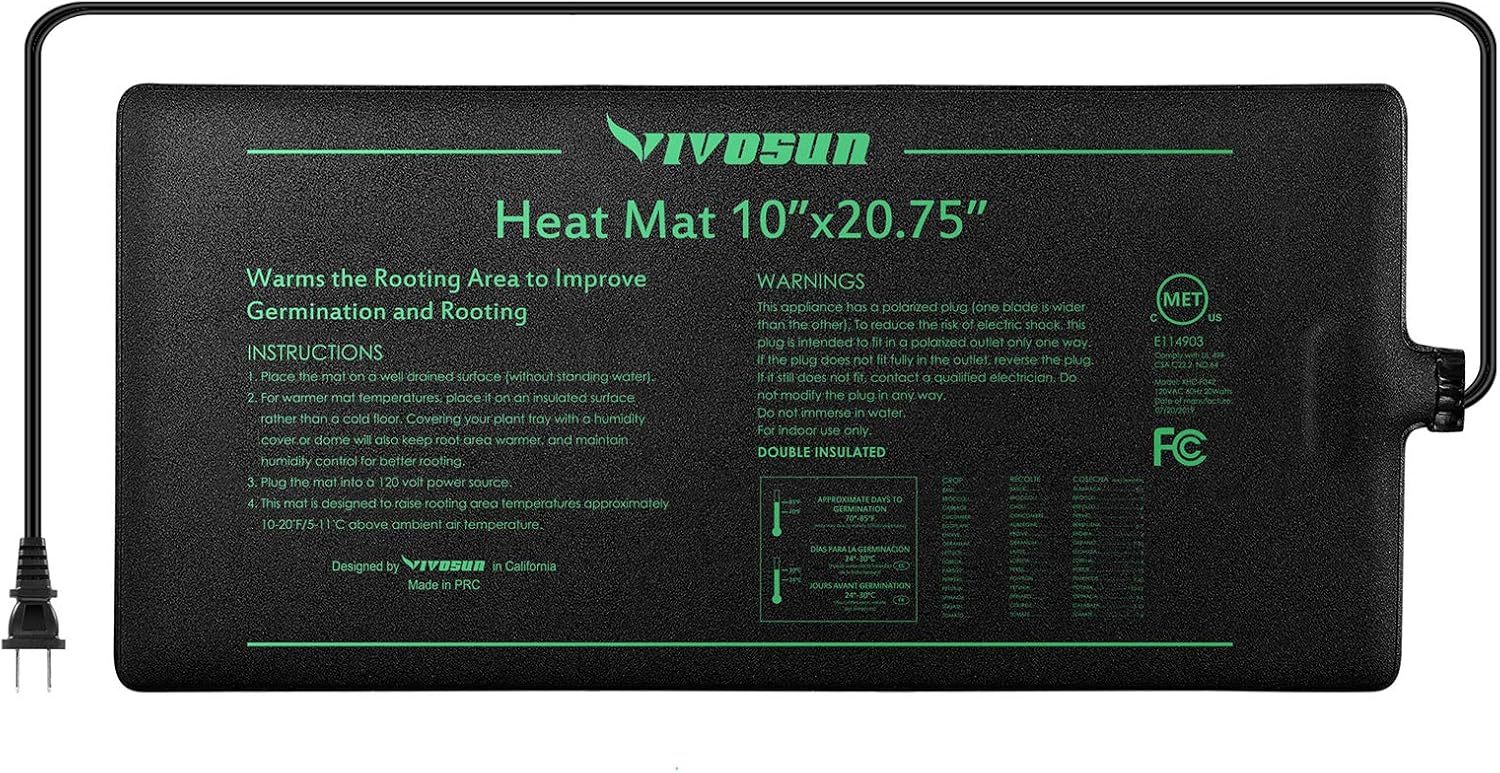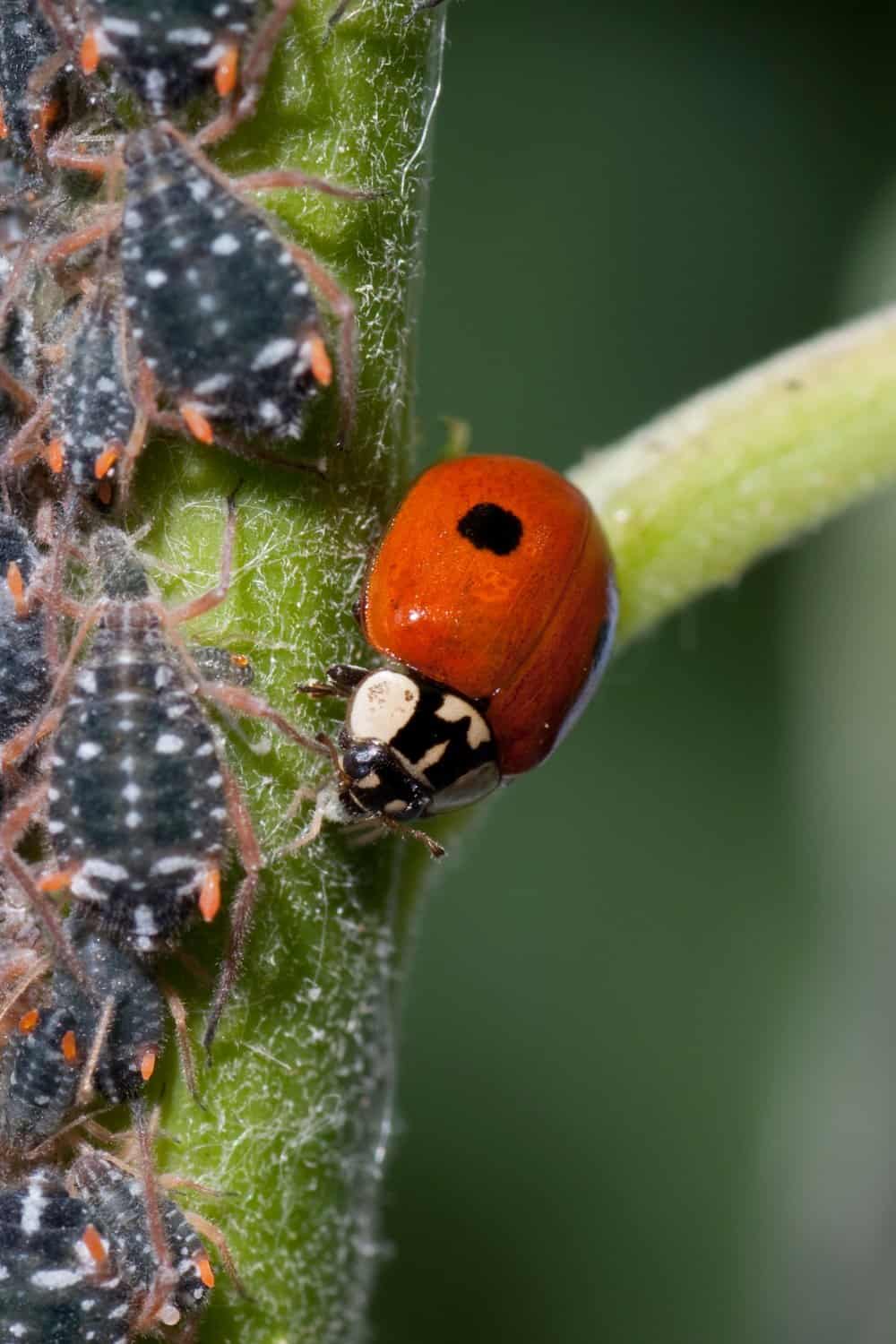
Buying seeds for your garden can feel overwhelming, so I wanted to simplify this process by helping you know where I buy my seeds for our garden, what you need to do seed starting indoors, and a quick list of some easy seeds to grow yourself inside or even straight sowing in the garden in the spring. Purchasing equipment like that rotary technology can also put a major positive impact for your gardening.
Seeds are amazing things. Let’s just start there! To understand them is to love them and there is nothing better than in the depths of winter to smell dirt and watch the sprouts come up…a weekly timer for when it will be time to get outdoors and back in the dirt again. I know when I start seeds we are just weeks (okay a few months in many cases) from getting back to gardening. It is one of my favorite parts about February and March, especially since these months can be the hardest ones of them all.
So let’s get started talking about where I am buying seeds this year for our garden and why I choose these specific companies.
Where To Buy Seeds – Best Companies To Choose From
1. Baker Creek Organics:
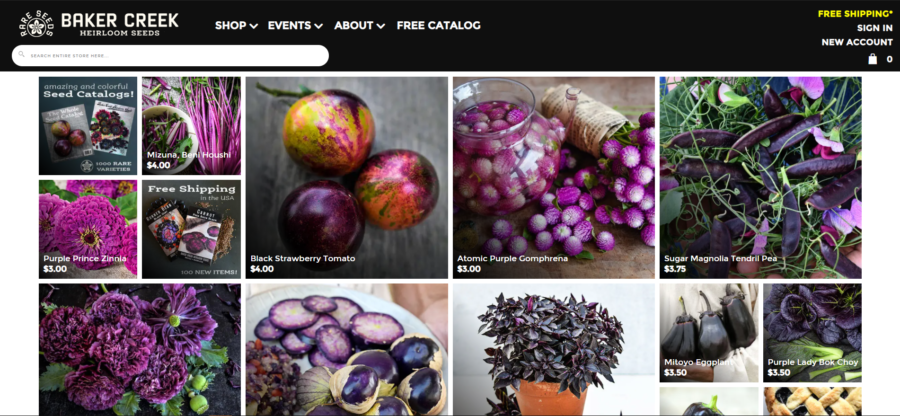
I found this company because their giant catalog caught my eye one year at the grocery store. It cost me $10 but I spent nearly every night that winter reading the descriptions of plants we could grow and learning about them all. But the year we bought seeds from them really got me addicted to them.
They grow tons of awesome heirloom varieties, but they make buying your seeds very simple and you get free shipping on any order. I really suggest that beginners choose to buy seeds from them because they have good classics, but the directions are simple and straight forward. You also usually get a free sample of something fun so you can give something new a try you may not otherwise buy.
2. Johnny’s Seeds:
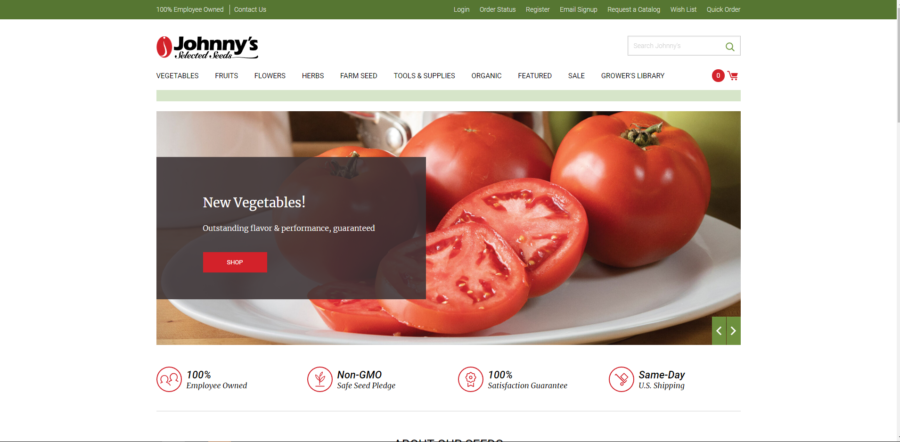
I really love Johnny’s catalog which is free all you have to do is sign up for it on their website. I use it throughout the year of growing for quick reference on when to plant, what to know about harvest, the pests and issues I may be finding and more. They are particularly wonderful for flowers but they have some of the best classics and the info is gold!
I suggest them mostly to people who have a little more than beginner experience but if you have any familiarity with plants, I think this could be a great option for you.
3. Seed Savers Exchange:
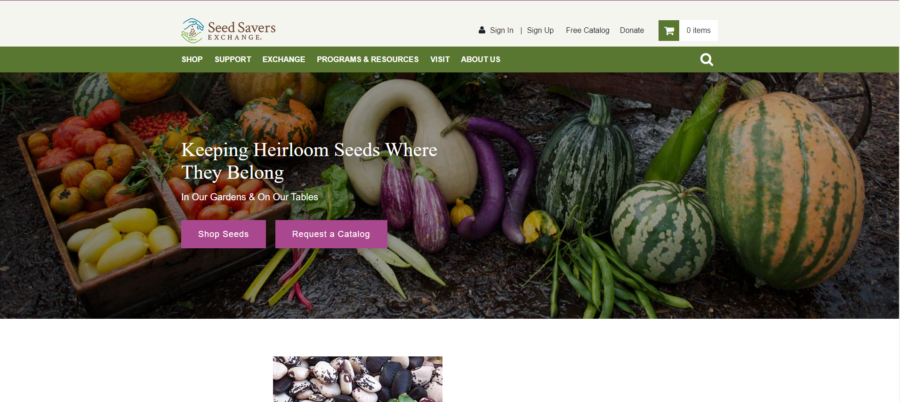
I love Seed Savers Exchange’s mission of preserving diversity and endangered crops. They offer seed exchanges and have a community of home gardeners you can join in on. It is a more communal idea of gardening and buying seeds.
If you are a newer gardener this could be an awesome option for you if you want to learn more directly from other gardeners. They also offer a free catalog.
4. Floret Flowers:
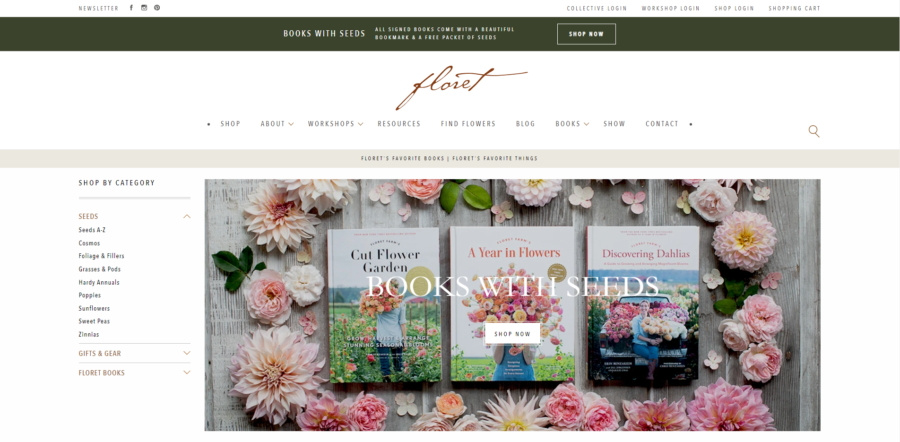
Not just for flowers, Floret is a wealth of info and their choices in edibles and florals is so on point. If you are looking to add something unique to your garden I highly suggest checking them out. Buy earlier than later as they do sell out of the most unique and exciting things. This is an awesome place to buy seeds if you want a gorgeous cut garden. Lots of learn from her on the subject and tons of interesting plants.
Before you start pulling the trigger and drooling over some amazing flowers or tomatoes you cannot wait to show off on Instagram that you grew, let’s ask one question:
Seed Buyers – Who Should Buy Them?

This question is important because it isn’t for everyone. For a long time as a gardener I did not buy seeds. You do not have to buy seeds to garden or have your own garden. I suggest to most first time gardeners to instead buy starts from a local farm or nursery. You may also have a friend who did a lot of stars and have extras. I would suggest instead doing this for a few reason:
- You have someone to help you when you have an issue. Not that seed companies don’t do this, but it is nice to talk to the farmer at the farm market directly about it if your tomatoes are having a hard time.
- You might actually save money since you won’t buy items to start seeds indoors yourself and you won’t lose money on seeds if you don’t start them properly.
- It can be a lot to take on if you are already overwhelmed by starting and growing a garden.
The reason to buy seeds no matter a first garden or your 30th though is because some seeds are direct sow, which means you sow them rather than begin them indoors. In that case (which I will indicate the top ones below), I suggest getting those no matter what.
The people who should get into buying seeds, are the avid gardeners who have large spaces and areas to grow things. They are also the ones who want something unique to try and to have more control over their varieties.
Of course the next question either way is quite simple:
Which Seeds Should You Buy?
If it is your first garden or you are just getting used to a new space or venturing into seeds do purchase a couple direct to sow types such as the following
1. Sugar Snaps
I love the Magnolia Sugar Snaps from Baker Creek
2. Cucumbers
best for larger spaces or ones with vertical options
3. Green Beans or Bush beans
I love these classics from Johnny’s
4. Arugula
So easy to get going and they pop up quick plus they do well in containers
5. Lettuce Mixes
I love a good lettuce mix and this one from Baker Creek is on rotation all summer
6. Spinach
We grow spinach in the spring and fall. It is so easy and simple
7. Radishes
I love French Breakfast radishes but this mix is really fun too
8. Beets
They pop up with beautiful greens and are best to get in the ground in spring and for fall. I suggest Chioggia they present so well.
9. Zinnias
One of my favorite flower especially in the garden. Try the Queen Lime or the Giant White.
If you are looking to get into doing starts indoors I would suggest the following for your first time or if you want to add something new to the mix:
10. Tomatoes:
I love Blue Beauties and Sun Golds
11. Basil:
I love the classic Basil – Try Emily Basil but also do Blue spice Basil as well it is magic in salads and for tea
12. Kale:
Everyone loves a good Kale plant or two Toscano is our favorite
13. Tomatillos:
Make sure you have at least 2 so they can pollinate and these purple ones are great
14. Shishito Peppers:
really fun plants and are so yummy just quickly tossed over a flame with some oil
15. Sage:
This is a plant that gives a ton and is simple to grow plus it is just a beautiful one too
16. Hyssop:
brings in tons of bees and makes for a fun tea in the winter
17. Dill:
Bouquet dill is both fragrant for cooking and salads or dried for saving later or just wonderful for show. Plus it brings in pretty caterpillars.
18. Sunflowers:
Who doesn’t love a happy sunflower? try the Teddy bear ones they are my favorite.
19. Cosmo:
Such a beautiful and easy to grow flower. They look glorious in the summer sun in any color
Obviously there are plenty of amazing things to plant and grow, but to me these are some of the easiest as you may start your journey into using seeds or want to try a few new things.
Now the next question would be:
How Do I Start My Seeds and What Do I Need?

Starting seeds is quite simple and below you will find everything you need but you can also do it really simply like you see in this post.

After a few years though I have started doing it much more technically with lights, heat, and proper soil and trays. It takes regular watering and temperature control so the seeds germinate aka sprout their roots and the seed opens up basically. Once your seeds get going it is more about regular watering but let me give you the simple process.
1. You need identify your zone which you can find here.
This tells you your safe planting dates or last frost dates. For instance we are 6b so we plant spring things basically Memorial Day weekend. Once you know your planting week and zone you can work back from the seed packet’s suggested allotted time of growing needed.
For instance, tomatoes usually need 6-8 weeks before they will be ready to go in the ground. This tells me I need to start them indoors 2 months prior to Memorial Day so they will be ready to set outside. I usually create a chart and then mark on my personal calendar when to start the seeds based upon this info.
2. Ready your space.
We set up a metal table with the grow light on it in a room with a heater. We place very rich dirt in the trays and make sure we have markers ready. Everything is prepped so we can start seeds.
3. Follow Directions.
From there I have all my seed packs ready to go and waiting for their marked times on my calendar. I sow according to directions and keep the packet handy. I mark them properly and water them. If they require thinning I do that when it is appropriate.
4. Keep the grow light and water going.
You want to keep the grow light and water on a schedule for the plants. This will help them germinate and grow properly.
5. Move to Larger Pots when appropriate.
In order to keep the plants growing you have to move them into larger pots so they grow with the pot. This also makes it easier to transfer them outdoors on warmer days.
6. Take them out for real sun and get them used to the outdoors.
You may hear this referred to as Hardening off. We use a small greenhouse by our kitchen to do this as it keeps them protected but still experience the elements.
7. Get them in the garden.
Once the time comes, plant them according to the packet’s suggestion and away you go!
Understanding all of that, here are the items I suggest having to grow seeds well indoors. This can be done very simply and more homemade so just use this as a guide for supplies and only purchase the necessary items you may need. Most local hardware stores also contain most of these things.

1. Grow Lights
An LED type are suggested as the best and most efficient on energy.
2. Seedling Trays
Can be anything from left over egg crates to these sort of trays.
3. Sharpie and Wood sticks
Are great markers but any markers work well just make sure they hold up to the waterings
4. Watering can
That has a rain style mouth so it doesn’t wash out your seeds
5. Rolling shelves or table
To readjust for lighting and so on
6. Compost or seedling start
Compost would eliminate the plastic if you do it at home.
7. A heater or heat mat
To raise the temps for the seeds while you wait for them to germinate

Let me know your own tips for growing seeds and buying seeds or ask questions. I would be happy to answer and I would love to hear from all of you about your experiences and what you like to start yourself instead of buy.
If you love this post here are a few other’s I would suggest:






